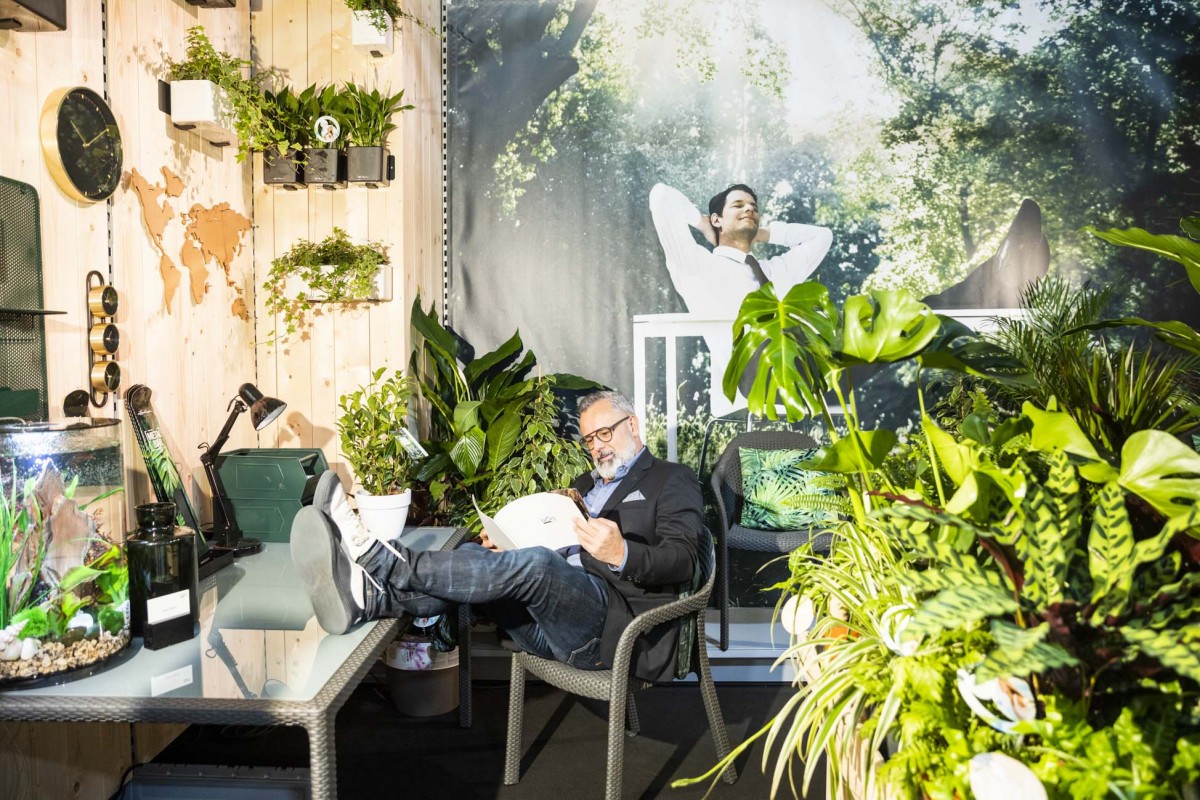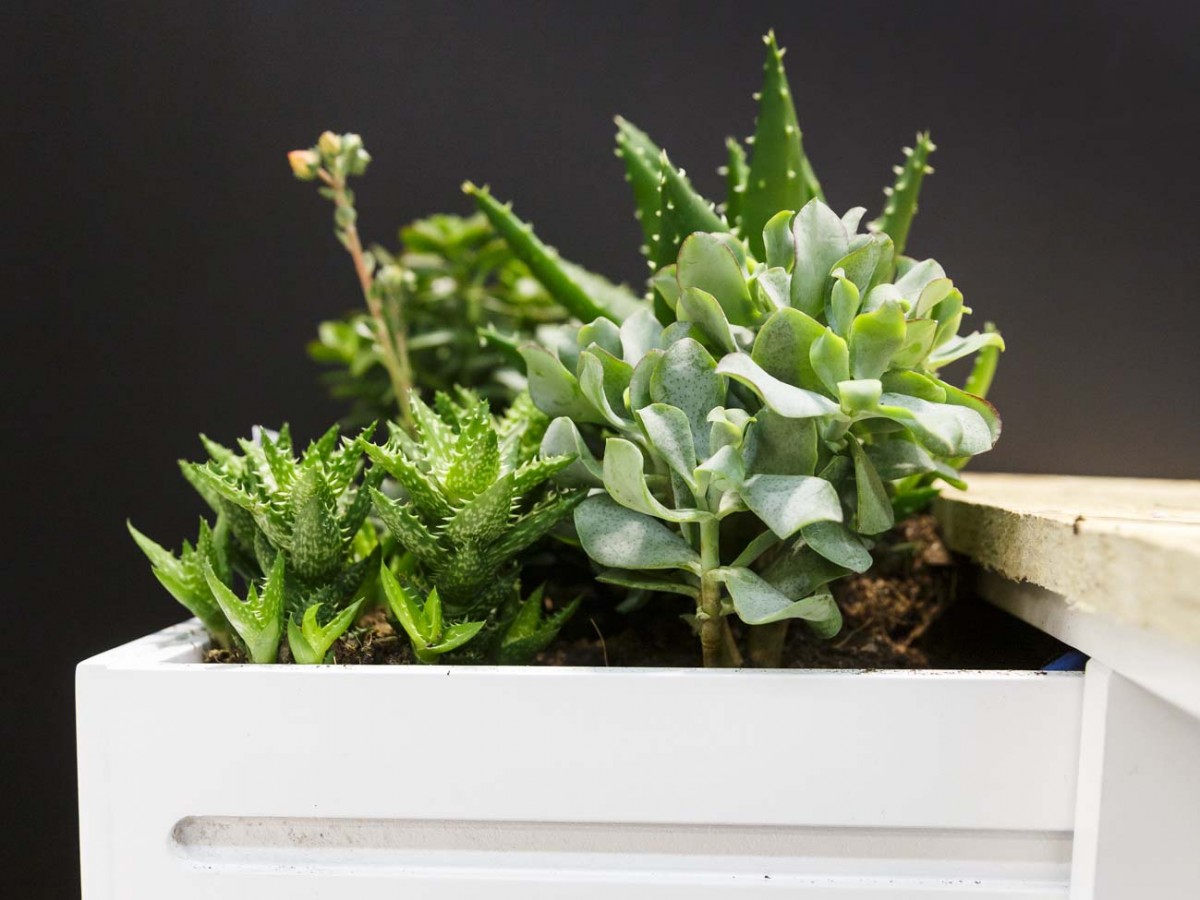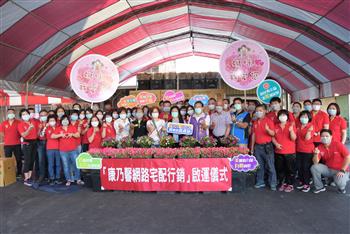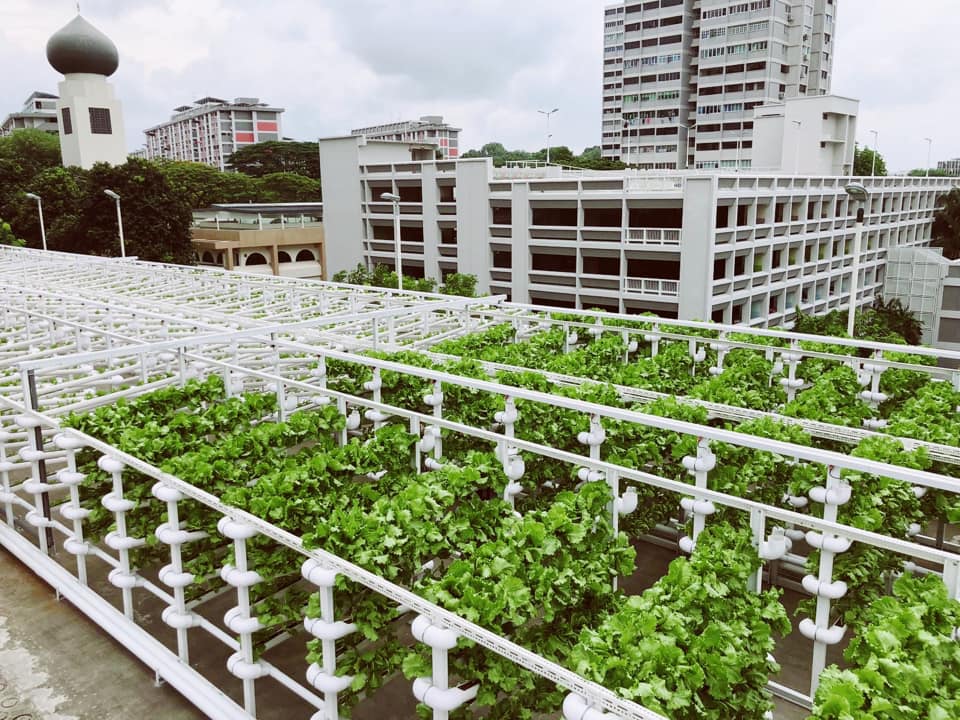
Usually, IPM ESSEN would start today.The who's who of the international horticultural industry would be been
gathering at Messe Essen over the next four days, with expert discussions taking place, innovations being
presented and explained, contacts being cultivated and deals being made. Unfortunately, the world’s leading
horticultural trade fair will once again not be taking place this year due to the coronavirus pandemic. A market
description produced by the CO ConCEPT agency, and commissioned by IPM ESSEN, explains where the
green sector stands after two years of the pandemic, lists the challenges that lie ahead and presents the
opportunities for the sector moving forward:
Coronavirus is changing and accelerating the world – and the plant market has been particularly affected. For example,
2021 was another very strong year for flowers and plants. While the German market volume in 2020 – after many long
years of stagnation – was already at €9.4 billion, which was believed to be a record high, this figure could be surpassed
once again in 2021. Early indications and market observations are already pointing towards this being the case.
However, it remains to be seen whether the demand for flowers and plants brought about by the pandemic will
continue to grow or whether it will prove to be merely a one-off effect. There is a lot of evidence to suggest that
greenery will be a crucial quality of life factor in the future.
Swerving the catastrophe
Because consumers had fewer opportunities to spend money in other expenditure-intensive sectors such as travelling,
gastronomy and cars, they increasingly turned their focus towards their own homes and gardens over the past two
years.
Many people used the lockdown phases as an opportunity to busy themselves with work inside their house, on the
balcony or in the garden, in order to compensate for the leisure activities that were no longer possible and increase
their sense of well-being. Record levels of home improvement and gardening were reported.
According to AMI, consumer spending increased significantly in 2020, and the overall market experienced
unprecedented levels of growth between 2019 – i.e. before the pandemic – and 2020 with a rate of growth
of 5.1 percent. A veritable garden fever took hold. 2021 saw a 9 percent increase in the market volume
compared to the previous year.
Gardening as a means of counteracting the negative effects of the pandemic
A study performed by Hochschule Geisenheim University showed that during the first year of the COVID-19 pandemic,
time spent in gardens, on balconies and in public green spaces was an important part of people’s free time and
provided a means of counteracting the effects of being forced to work from home and stay inside during lockdown
phases. According to the German company Statista, in 2021, around 15 million people aged 14 and over in Germany
spent time working in the garden several times per month, and around 9 million people did work in their garden
several times per week. The number of people that never do any gardening in their free time has decreased
by around three million in the last five years.
time spent in gardens, on balconies and in public green spaces was an important part of people’s free time and
provided a means of counteracting the effects of being forced to work from home and stay inside during lockdown
phases. According to the German company Statista, in 2021, around 15 million people aged 14 and over in Germany
spent time working in the garden several times per month, and around 9 million people did work in their garden
several times per week. The number of people that never do any gardening in their free time has decreased
by around three million in the last five years.
How will things develop?
Environmental awareness has shifted from the focus of a certain group of individuals to a social movement. The
Zukunftsinstitut (Future Institute) refers to this megatrend as neo-ecology. A restructuring of values is taking place
in everyday life, in society and in politics. However, companies also need to rethink their basic approach and adjust
it where necessary if they want to keep doing business in a sustainable way. The COVID-19 pandemic acts as a
kind of magnifying glass in this case and is bringing new attention to this megatrend. According to the
Zukunftsinstitut, this is paving the way for our post-COVID society, which is characterised by a slower pace of
life and sustainability.
Zukunftsinstitut (Future Institute) refers to this megatrend as neo-ecology. A restructuring of values is taking place
in everyday life, in society and in politics. However, companies also need to rethink their basic approach and adjust
it where necessary if they want to keep doing business in a sustainable way. The COVID-19 pandemic acts as a
kind of magnifying glass in this case and is bringing new attention to this megatrend. According to the
Zukunftsinstitut, this is paving the way for our post-COVID society, which is characterised by a slower pace of
life and sustainability.
The coronavirus pandemic hasn’t just led to an increased importance of one’s own garden or garden plot. The idea
of social gardening – mainly in urban spaces – will also be a possibility in our post-COVID society. This concept
complements the positive effects of gardening in general by adding a social element, as is commonly seen in
allotments or communal gardens.
of social gardening – mainly in urban spaces – will also be a possibility in our post-COVID society. This concept
complements the positive effects of gardening in general by adding a social element, as is commonly seen in
allotments or communal gardens.
The future is not especially bright, but it is certainly green!
2021 is characterised by record sales figures in the horticulture segment: The population has gained a love of live
plants, which has triggered an unprecedented level of demand. Reports of record sales are circulating at all levels
and in all segments of the horticulture sector. At the same time, however, the horticulture sector is facing increased
costs for raw materials as well as shortages of operating materials, personnel, logistics units etc. It is not without
reason that the inflation rate currently stands at over five percent, which is the highest it has been in 30 years.
plants, which has triggered an unprecedented level of demand. Reports of record sales are circulating at all levels
and in all segments of the horticulture sector. At the same time, however, the horticulture sector is facing increased
costs for raw materials as well as shortages of operating materials, personnel, logistics units etc. It is not without
reason that the inflation rate currently stands at over five percent, which is the highest it has been in 30 years.
“In this situation, price increases for flowers and plants are absolutely necessary and will be implemented in most
cases and accepted by consumers. Despite this, it can be seen that the costs are only passed on, even in the
best cases. Urgently required margin increases are not taking place. In this way, despite the euphoria surrounding
increased sales, all of this is just leading to the physical and financial exploitation of plant nurseries. A larger
market now needs to be served by fewer employees and with higher costs. This is a shame, since consumers seem
to be willing to pay higher prices for their new favourite hobby”, says Andreas Löbke, author of the market report
and horticultural specialist.
cases and accepted by consumers. Despite this, it can be seen that the costs are only passed on, even in the
best cases. Urgently required margin increases are not taking place. In this way, despite the euphoria surrounding
increased sales, all of this is just leading to the physical and financial exploitation of plant nurseries. A larger
market now needs to be served by fewer employees and with higher costs. This is a shame, since consumers seem
to be willing to pay higher prices for their new favourite hobby”, says Andreas Löbke, author of the market report
and horticultural specialist.
We can only hope that an increasing number of key players in the industry recognise the importance of economic
sustainability for their company and calculate their prices accordingly in future. It is also important now to
consolidate the popularity of plants and flowers with consumers and to attract younger customers to the sector.
The industry must not rest on its laurels, as the pendulum can swing back at any time, forcing us to accept the
hype surrounding green plants and flowers as merely a one-off effect brought about by the pandemic.
sustainability for their company and calculate their prices accordingly in future. It is also important now to
consolidate the popularity of plants and flowers with consumers and to attract younger customers to the sector.
The industry must not rest on its laurels, as the pendulum can swing back at any time, forcing us to accept the
hype surrounding green plants and flowers as merely a one-off effect brought about by the pandemic.
“If we are able to create a sustainable enthusiasm for our products among young customers, then we will have
cracked it. Then the future won’t just be green, it will be rosy too!”, Löbke concludes.

cracked it. Then the future won’t just be green, it will be rosy too!”, Löbke concludes.

Sources
• German Federal Statistical Office
• Statistical office of the European Union (EUROSTAT)
• Agrarmarkt Informations-Gesellschaft mbH (AMI)
• Association of the German Flower Wholesale and import Trade (BGI)
• German Federal Statistical Office
• Statistical office of the European Union (EUROSTAT)
• Agrarmarkt Informations-Gesellschaft mbH (AMI)
• Association of the German Flower Wholesale and import Trade (BGI)
• Flower Council of Holland
• Growth from Knowledge (GfK – Society for Consumer Research)
• Dutch Association of Wholesalers in Floricultural Products (VGB)
• Publications from TASPO – Haymarket Media GmbH
• Industrieverband Garten e.V. (IVG)
• Publications from the GABOT horticulture portal
• A wide range of discussions with experts involves in the sale of flowers and plants from tree nursery companies, ornamental plant nursery companies, garden and landscape companies, retail garden centres, marketing organisations, flower wholesale companies and consultant from the specialist flower retail sector
• Growth from Knowledge (GfK – Society for Consumer Research)
• Dutch Association of Wholesalers in Floricultural Products (VGB)
• Publications from TASPO – Haymarket Media GmbH
• Industrieverband Garten e.V. (IVG)
• Publications from the GABOT horticulture portal
• A wide range of discussions with experts involves in the sale of flowers and plants from tree nursery companies, ornamental plant nursery companies, garden and landscape companies, retail garden centres, marketing organisations, flower wholesale companies and consultant from the specialist flower retail sector





